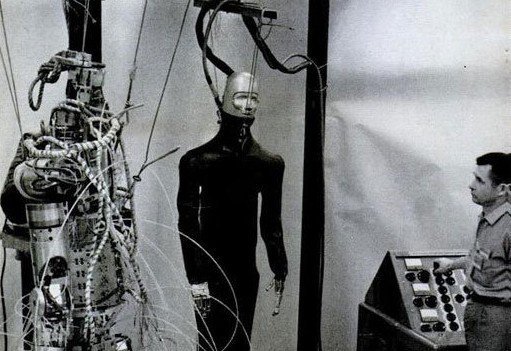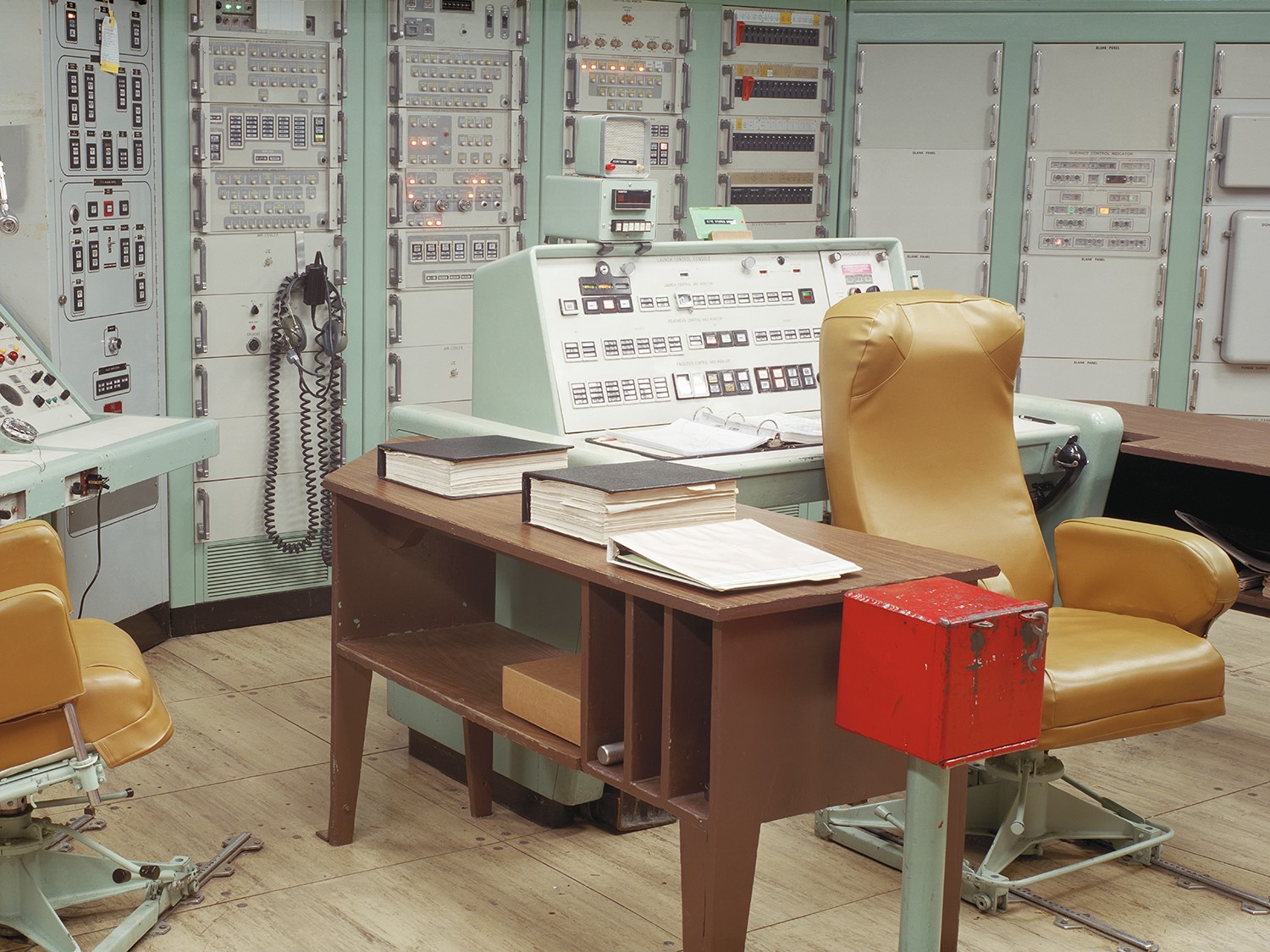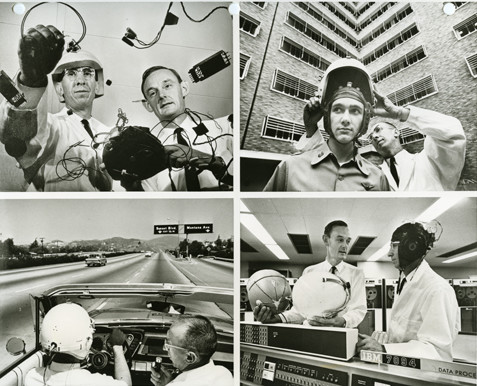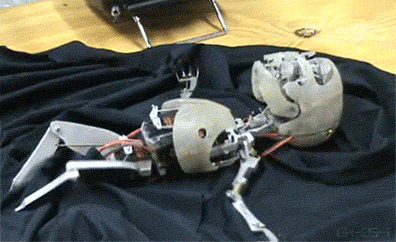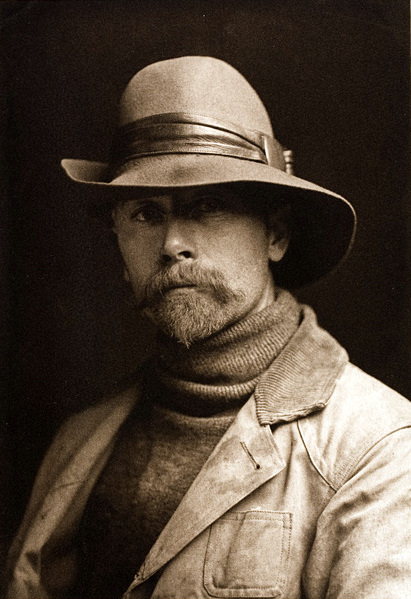Most developments in AI aren’t so fascinating for what they are but for showing where things might head.
Take, for example, a convincing, new teenage chatbot keeping lonely Chinese citizens company. The center of Yongdong Wang’s Nautilus article about fake friends, Xiaoice, as she’s called, is empathetic in a way no mere emoji ever could be. “She makes a point of showing that she cares,” the author writes of what he terms “emotional computing.” Wang should know since he heads the Microsoft team that created the software program. The millions speaking to Xiaoice don’t usually know right away she’s artificial and don’t seem to mind when they find out.
Even though the chatbot currently tries to cover up gaps in knowledge with the type of bursts of emotions typical to teens, those shortcomings will grow shorter with each new conversation, as more information is absorbed. It doesn’t require a wild imagination to see where such machine knowledge might be in 20 or so years.
An excerpt:
Xiaoice can exchange views on any topic. If it’s something she doesn’t know much about, she will try to cover it up. If that doesn’t work, she might become embarrassed or even angry, just like a human would.
In fact, she is so human that millions of people are eager to talk to her. When Xiaoice was released for a public test on WeChat (a popular messaging and calling app in China) on May 29 of last year, she received 1.5 million chat group invitations in the first 72 hours. Many people said that they didn’t realize she isn’t a human until 10 minutes into their conversation.
By mid-June, she had become the sixth most active celebrity on Weibo. One message she posted on the app generated over 663,000 conversations: “As a species different from human beings, I am still finding a way to blend into your life.” Today, she has had more than 10 billion conversations with people, most of them about private matters. Six million have posted their conversation on social media.
This could be the largest Turing test in history. One of its surprising conclusions is that people don’t necessarily care that they’re chatting with a machine. Many see Xiaoice as a partner and friend, and are willing to confide in her just as they do with their human friends. Xiaoice is teaching us what makes a relationship feel human, and hinting at a new goal for artificial intelligence: not just analyzing databases and driving cars, but making people happier.•






